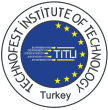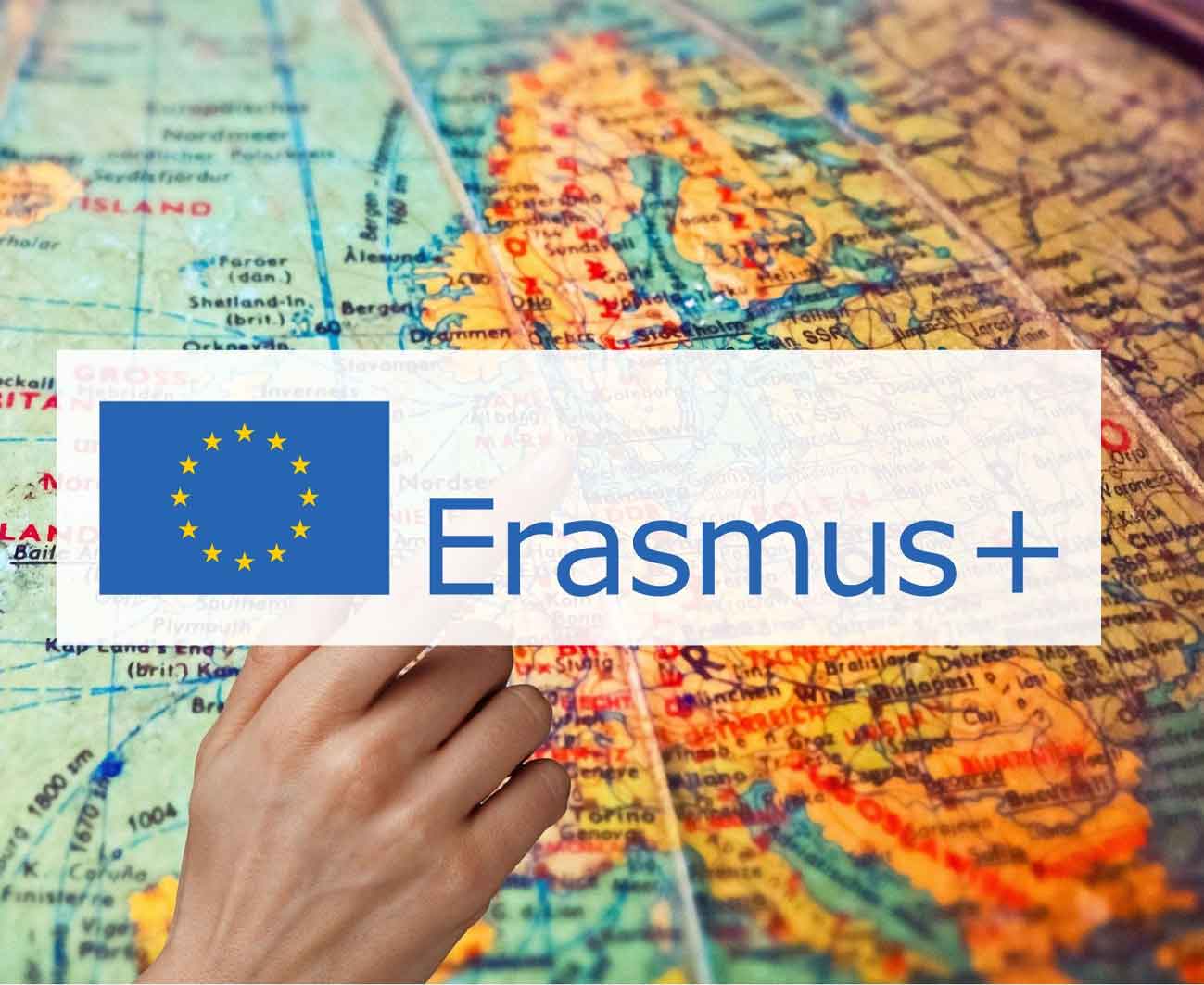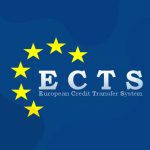Academic Mobility, International Cooperation, and a Global Vision for Education
🔹 Introduction
Erasmus+ is one of the world’s largest and most influential education, training, and cultural cooperation programs, supported and managed by the European Union. It offers funding and opportunities for students, teachers, universities, and educational institutions to participate in international learning, mobility, internships, and research-based collaboration.
🔹 A Brief History
Launched in 1987 as a student mobility initiative, Erasmus was expanded in 2014 into Erasmus+, bringing together various EU programs in education, youth, training, and sport under a single integrated framework.
For the current cycle (2021–2027), the Erasmus+ program has a budget exceeding €26 billion, aiming to reach more learners, institutions, and sectors than ever before.
Core Objectives of Erasmus+
Improve the quality and internationalization of higher education
Enhance employability and develop key competencies
Foster cultural understanding and mutual respect across borders
Support educational innovation and digital transformation
Promote social inclusion, equity, and diversity in learning environments
Structure of the Erasmus+ Program
Erasmus+ operates under three Key Actions (KA):
🔸 KA1 – Learning Mobility of Individuals
- Student exchange programs between higher education institutions
- Staff mobility for teaching and training
- Traineeships and internships abroad for students and graduates
🔸 KA2 – Cooperation among Organizations and Institutions
- Joint development of innovative teaching materials
- Strategic partnerships between universities and enterprises
- Transnational education and entrepreneurship projects
🔸 KA3 – Support for Policy Development and Cooperation
- Assisting national and EU-level education policy reform
- Promoting dialogue, research, and civic engagement
🏛 Who Can Participate?
- Erasmus+ is open to a wide range of organizations, including:
- Universities and higher education institutions
- Vocational education and training centers
- Youth organizations and NGOs
- Private companies, startups, and public authorities
- Schools, research institutes, and cultural centers
🪪 How Institutions Join the Erasmus+ Program
To officially take part in Erasmus+, organizations must:
- Register in the Organisation Registration System
- Obtain an Organisation ID (OID)
- Submit relevant legal and financial documents
- (Optionally) Apply for the Erasmus Charter for Higher Education (ECHE)
Benefits for Universities
- International academic exchange and dual-degree collaborations
- Hosting and sending students and professors for global mobility
- Participation in European research and innovation projects
- Access to EU funding and capacity-building opportunities
- Increased academic reputation and global visibility
📊 Program Impact So Far
- Over 4 million students have benefited from Erasmus+ mobility
- Involves more than 50,000 educational institutions worldwide
- Collaborations extend to over 100 countries, including Turkey, Japan, India, Canada, and more
🌍 Official Erasmus+ Website
To learn more about the program, please visit the official portal:
🔗 https://erasmus-plus.ec.europa.eu
📄 About Erasmus+:
🔗 https://erasmus-plus.ec.europa.eu/about-erasmus/what-is-the-erasmus-programme
✅ Official Announcement: TITU Turkey Branch Registered in Erasmus+
We are proud to announce that:
🎓 Technofest Institute of Technology (Turkey)
has been officially registered in the Erasmus+ platform of the European Union
and has been granted the Organisation ID (OID): E10404400
Our institute is currently undergoing final validation by the Turkish National Agency, and we are excited to soon begin our active participation in international academic exchange, joint research, and global partnerships under the Erasmus+ framework.
✍️ In One Sentence:
Erasmus+ is a gateway to global education — and we have officially taken that step.




